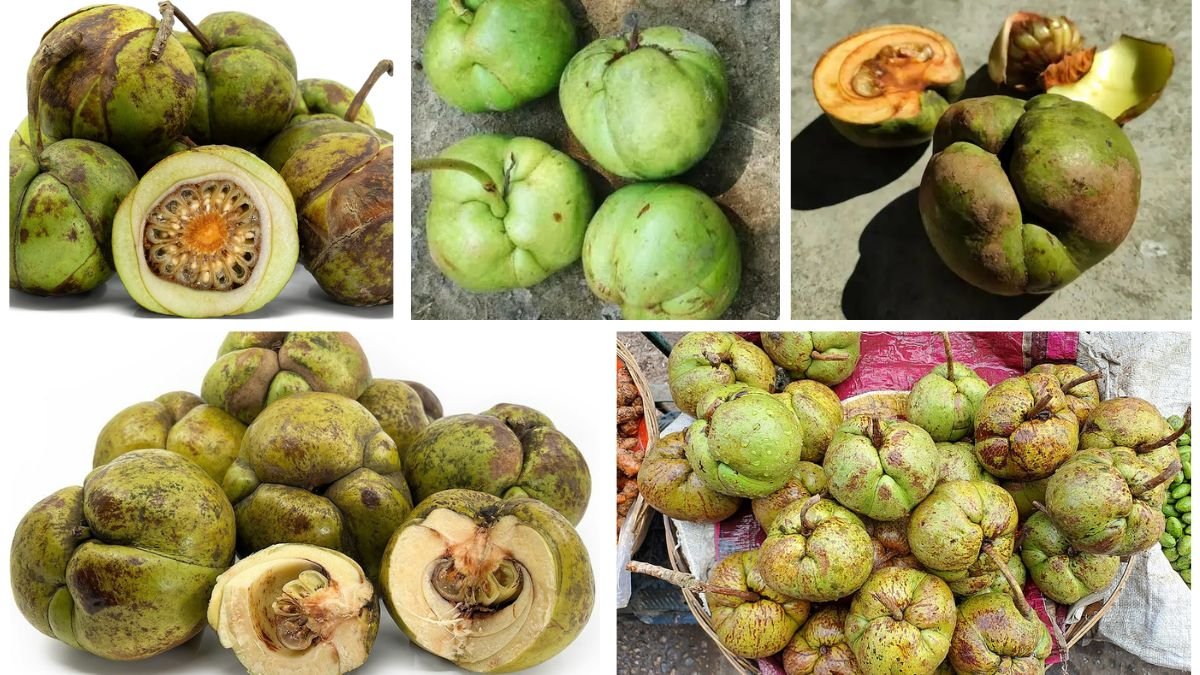When it comes to unique tropical fruits, the elephant apple (Dillenia indica) stands out as one of the most fascinating. Known for its large, green, apple-like fruits with a sour taste, this plant is native to South and Southeast Asia. The fruit isn’t just a culinary delight but also carries cultural, medicinal, and ecological importance.
But have you ever wondered: Which country is the largest producer of elephant apples worldwide? To answer that, let’s dive into the origins of the fruit, its cultivation, and the leading producers across the globe.
What Is the Elephant Apple?
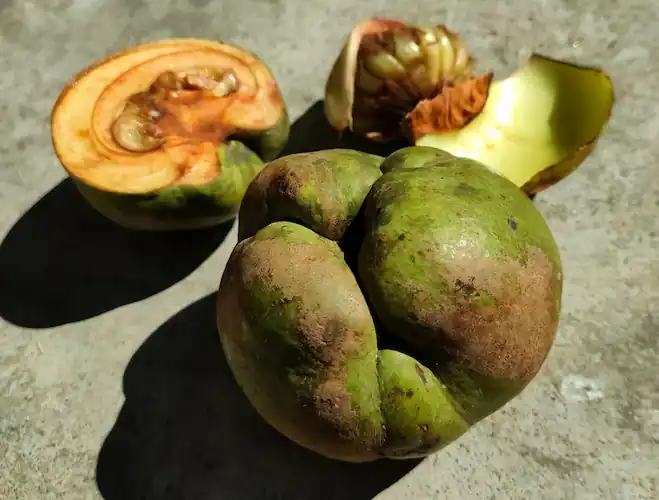
The elephant apple, also called ou tenga (Assamese), chalta (Bengali), ou tenga (Manipuri), or simply wood apple in some areas, belongs to the Dilleniaceae family. It is a large deciduous tree that thrives in humid, subtropical, and tropical regions.
- Appearance: The fruit is round, green, and often the size of a small melon.
- Taste: It has a sour, tangy flavor, making it popular in curries, chutneys, and pickles.
- Habitat: Naturally grows in forests, riverbanks, and wetlands.
- Ecological role: True to its name, wild elephants eat this fruit as a food source.
Global Distribution of Elephant Apple
Elephant apple trees are native to South Asia and Southeast Asia. They grow widely in countries such as:
- India
- Bangladesh
- Nepal
- Thailand
- Myanmar
- Sri Lanka
- Malaysia
- Indonesia
Though present in several nations, the fruit is not mass-produced on a global scale like bananas or mangoes. Instead, it remains more regionally significant, with certain countries standing out for large-scale cultivation.
The Largest Producer of Elephant Apple: India
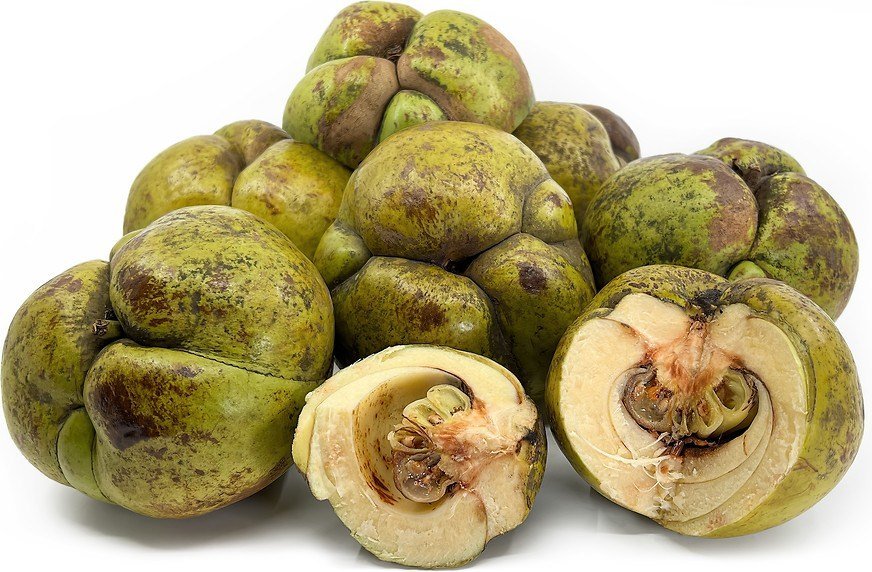
Without a doubt, India is the world’s largest producer of elephant apples.
Why India Leads Production:
- Natural Habitat: The tree thrives in India’s tropical and subtropical climates, especially in the northeastern states and parts of Eastern India.
- Cultural Importance: Elephant apple has a long culinary tradition in Indian cuisine. It is widely used in chutneys, curries, jams, and traditional medicinal remedies.
- High Demand: Strong local consumption drives continuous cultivation. Unlike other tropical fruits grown for export, elephant apples are mostly consumed within the producing regions.
- Abundant Wild Growth: In states like Assam, Tripura, Manipur, Odisha, and West Bengal, the trees often grow wild in forests and villages, supplementing cultivated production.
Regional Production in India
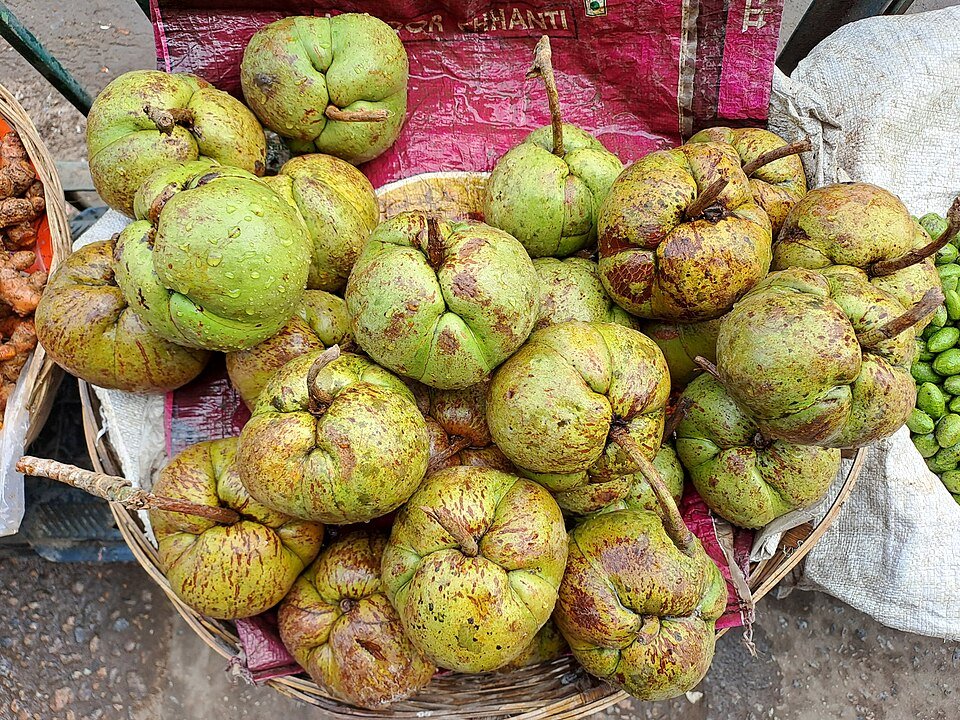
India’s elephant apple production is concentrated in specific states where the climate and culture favor its growth.
- Assam
- Considered the hub of elephant apple cultivation.
- Known locally as ou tenga, it is a staple in Assamese cuisine.
- Consumed in tangy curries with fish and used in pickles.
- West Bengal
- Called chalta, the fruit is commonly used in chutneys and sweet-sour dishes.
- Kolkata markets often see a strong demand during the season.
- Odisha
- Elephant apple is popular in both rural and urban areas, often sold fresh or made into preserves.
- Northeastern States (Tripura, Manipur, Meghalaya)
- Here, the fruit is not only eaten but also plays an important role in traditional herbal medicine.
Other Producing Countries
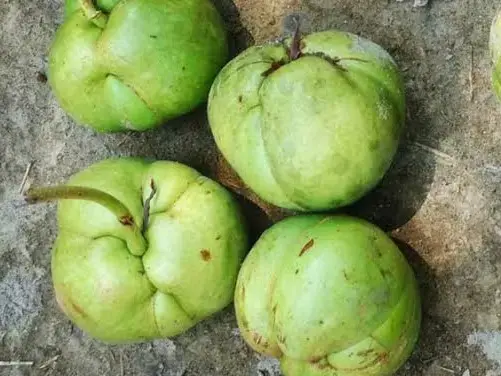
Though India leads, a few other nations contribute significantly to global elephant apple production.
- Bangladesh
- Widely grown and consumed in local cuisine.
- Used in jams, chutneys, and as a souring agent in curries.
- Strong cultural significance in rural households.
- Nepal
- Elephant apples grow in the Terai region and mid-hills.
- Used for pickling and traditional remedies.
- Myanmar & Thailand
- Found in natural forests and cultivated in rural areas.
- Mainly consumed domestically rather than exported.
- Sri Lanka
- Locally popular, known for its use in Ayurvedic preparations.
While these countries produce elephant apples, none match the scale and cultural integration seen in India.
Economic Importance of Elephant Apple
Although not a globally traded fruit like mangoes or bananas, elephant apple has significant local economic value:
- Local Markets: Farmers sell fresh elephant apples in regional markets, especially during peak seasons.
- Value-Added Products: Chutneys, pickles, jams, and candies made from elephant apple have commercial demand.
- Medicinal Products: Used in Ayurvedic formulations and herbal remedies.
- Livelihood Source: In rural regions of Assam, Tripura, and West Bengal, many families earn income by selling the fruit or homemade preserves.
Medicinal and Nutritional Value
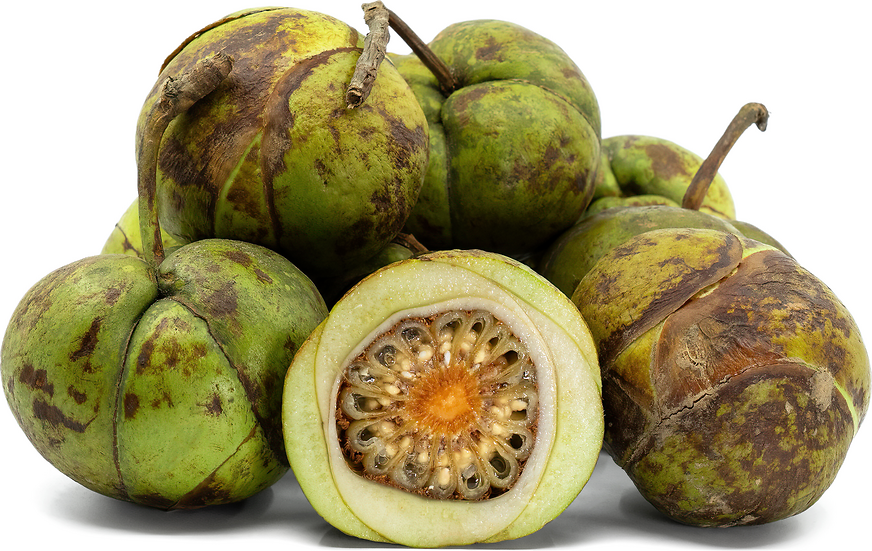
Elephant apple is more than just a sour fruit—it’s packed with health benefits:
- Rich in Vitamin C – Boosts immunity and skin health.
- Anti-inflammatory properties – Used in traditional medicine for swelling and joint pain.
- Digestive aid – Helps improve digestion and acts as a mild laxative.
- Antioxidants – Protects against oxidative stress and supports overall well-being.
These qualities contribute to the fruit’s popularity in Ayurveda and folk medicine.
Challenges in Elephant Apple Cultivation
Despite its potential, elephant apple farming faces hurdles:
- Limited Commercialization – Most trees grow wild, with fewer organized plantations.
- Seasonal Availability – The fruit is seasonal, restricting year-round income.
- Lack of Awareness – Outside South Asia, very few people know about the fruit, limiting international trade.
- Post-Harvest Losses – Elephant apple has a short shelf life, which reduces profitability for farmers.
Future Prospects
Given rising interest in exotic and medicinal fruits, elephant apple holds potential for growth in both domestic and international markets. Opportunities include:
- Export Expansion: Promoting the fruit in global health-conscious markets.
- Processed Products: Jams, candies, juices, and herbal supplements could increase demand.
- Agroforestry Integration: Encouraging farmers to cultivate elephant apple as part of sustainable farming systems.
- Research and Development: Breeding programs could improve fruit quality, shelf life, and yield.
Fun Cultural Facts About Elephant Apple
- In Assam, ou tenga is often included in traditional meals and is said to cool the body during summer.
- Wild elephants are known to travel long distances to feed on the fruit, giving it its common name.
- In Bengal, elephant apple chutney is a must-have during festive meals.
- In Ayurveda, elephant apple leaves and bark are also used for medicinal purposes, not just the fruit.
Final Thoughts
The elephant apple may not be as internationally famous as mangoes or bananas, but in its home regions, it holds immense cultural, culinary, and medicinal value. Among all producing nations, India stands tall as the largest producer of elephant apples worldwide, thanks to its natural climate, culinary traditions, and high domestic demand.
With growing global interest in exotic fruits and natural remedies, elephant apple has the potential to step out of local markets and find its place on the world stage. Until then, it remains a cherished fruit in South and Southeast Asia, connecting culture, nature, and tradition.
